
With the spring in Seville, “Sevillans” (those who live in Seville) wake up to life. A fascinating time, Seville smells like azahar and the bogan villa lights up everyday life with its pink flowers, the streets are crowded with good people, the outdoor restaurants and terraces are full and it is bubbling with vitality throughout Seville.
This time of year is also the time for the 2 most important holidays and celebrations in Seville. Semana Santa / Easter celebration and “Feria de Sevilla”. La Feria is a week-long party where you dress up in flamenco costumes, dance and drink lots of cold sherry, while the Easter celebration in Seville is more solemn. These are large statues of Jesus Christ’s passion and Madonnas with their sad messages that go on long processions in the streets of Seville, often more than 12 hours. The whole of Seville participates in this long-standing tradition that lasts for over a week. Read more about Feria de Sevilla here.
But what exactly is Semana Santa?
From Palm Sunday to Easter Sunday, processions take over the streets of Spain, which locals spend all year preparing for. It is celebrated all over Spain, and many say it dates back as far as the 12th century.
In Seville, they have been celebrating Semana Santa since the 16th century, at least.
The huge statues (pasos) you see during the celebration originally had an educational function and describe a picture of scriptures from the Bible. Around 50,000 people wear traditional robes to parade in the 58 organized processions, while “costaleros” (those who carry the huge statues (pasos) and others who participate in the processions often go barefoot to cleanse their sins.
Most processions start in the afternoon / evening and they go well into the small hours of the night. Each fraternity (congregation) starts from its church and has an established path that leads them into the “official route”, which starts in Campana street and ends when it is well through the cathedral. When each procession has left the cathedral, they find their way back to their church via a different route than the one they followed on their way in.
There are parts of the Semana Santa traditions that are common throughout the country. However, some cities have their own unique way of celebrating Easter. Here’s an explanation of some of the most important parts of the Semana tradition in Santa Sevilla!

Hermandad
Each of the 106 (churches / congregations) in Seville has a brotherhood (hermandad) attached to it. This fraternity is responsible for the social part of the church, especially the organization of the great Semana Santa procession. Being part of a fraternity is a sign that you have a passion and devotion for the tradition itself and in most cases are Catholics. This is often inherited from generation to generation.

El Paso
The huge passos (just like platforms with the stables upstairs that make up the procession) like a slack pilgrimage through the city. Each paso is an artistic representation of a part of the biblical story of the passion of Jesus’ life. As they leave the church, these statues, some of which are over 300 years old, wander through the narrow streets of the cathedral. A procession can walk through the streets of Seville for over 12-14 hours. And the pasos are worn by devoted costaleros (the same ones) all this time.

Los Costaleros
Costaleros, is the name of those who wear “el paso” they come from the white protective garment (el costal) that they wear on their heads, which takes the weight of “el Paso” as they walk through the city. Los Costaleros are members of the Church Brotherhood. There are between 20 and 40 costaleros on each paso, and they practice all year round, even in the extreme heat of August. Believe it or not, every year at Easter, a special ward is opened at the hospital to treat injuries at Costaleros. A “Paso” can weigh up to a ton! For the longest processions, costaleros alternate along the way, to rest. In Seville, the Costateros go under the Paseo itself, while in other regions they go next to the Paseo.

Los Nazarenos
Other participants in the processions are “los nazarenos”, wearing a controversial costume during the celebration. The cloak worn by Los Nazarenos does not attract much attention, but the hood they are wearing (capirote) does, which has a striking resemblance to the suit that K.K.K wears. But I guarantee, there is no connection between the two.
The unique dress was made with a desire to repent from sins without revealing your identity, as the hood only leaves the user’s eyes. Up to 3,000 Nazarenes can take part in some of the larger processions. Given their mysterious appearance, many Nazarenes will carry sweets that they give to the children as they pass by, to show that they are friendly!

The Music – The Corps
Music is a very important part of the Easter processions in Seville. This centuries-old tradition has given musical accompaniment to los Pasos in various ways throughout history. Originally, funeral marches were played during Semana Santa, but now separate music is played for the Easter processions. They are often adapted to the rhythm that the Costaler roses keep when they move the Paso. The most common instruments used in the corset are cornet and drums. The corps are independent and are hired by the various hermandads to play the emotional music during the beautiful processions.

La Mantilla
This is a headdress that women wear on Maundy Thursday and Good Friday. This beautiful woven lace-veiled headdress that covers the back of the head over a high comb These. Women often seek professional help to get them in place, as you have to weave your hair around the comb to keep it in place – not easy!

La Saeta
La Saeta is a traditional religious song that you can hear at special moments during the procession. This emotional acapella song is a highlight for many in Semana Santa, Seville. Singing the seat is an honor, and only the best local performers get the coveted opportunity. But witnessing it should be valued just as highly. Hearing the performer’s feelings in the presence of the paso while the whole audience stands in complete silence is spectacular.

La Madrugá
The most significant evening in the Semana-Santa tradition in Seville is the night between Maundy Thursday and Good Friday. “La Madrugá” comes from the Spanish word madrugada which means early morning. Los Pasos which runs that night starts around noon. 00:00 and goes all night through the streets of Seville until kl. 12: / 13 the day after The streets of Seville are full that night, and follow El Paso step by step, One of the most important processions that go out that night are Macarena, La Esperanza de Trina, El Silencio among others and are considered some of the largest and most important processions throughout Semana Santa.

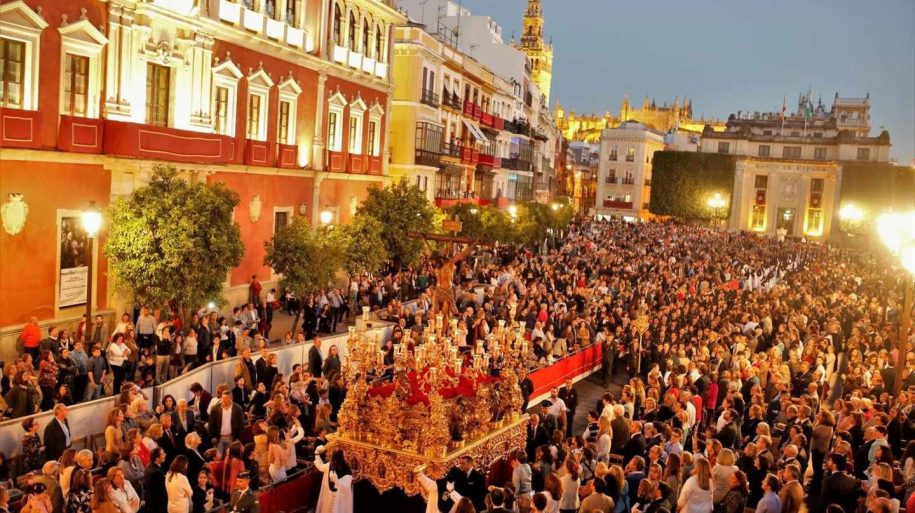



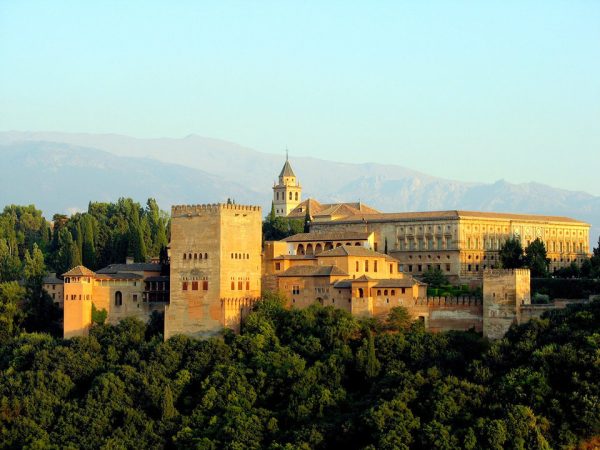
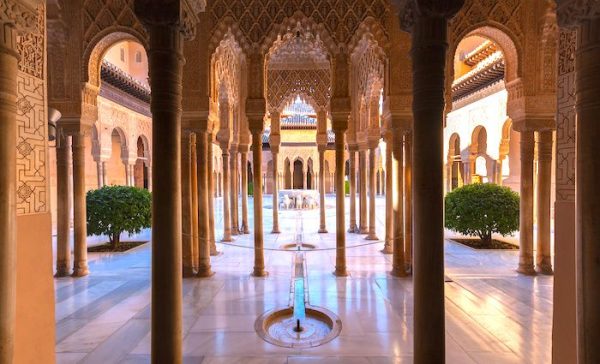

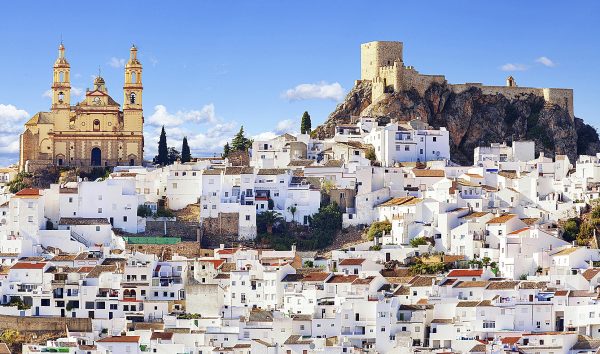
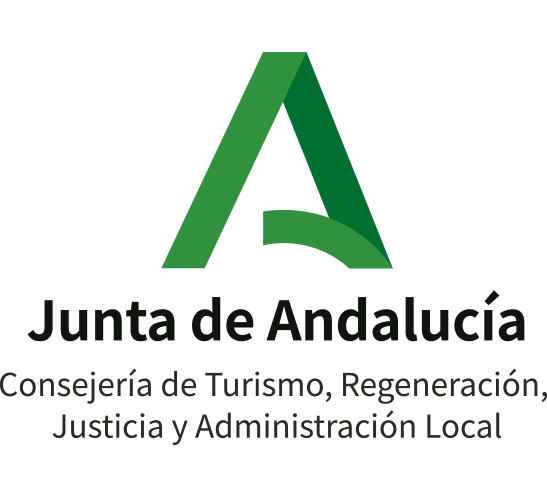

Leave a Reply